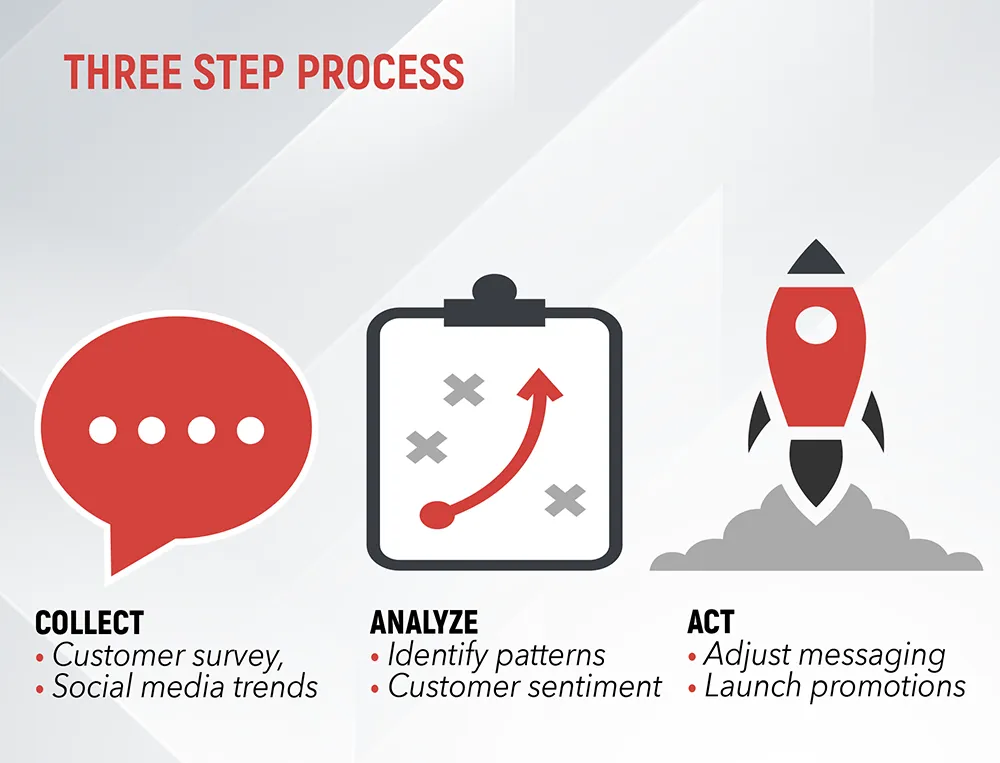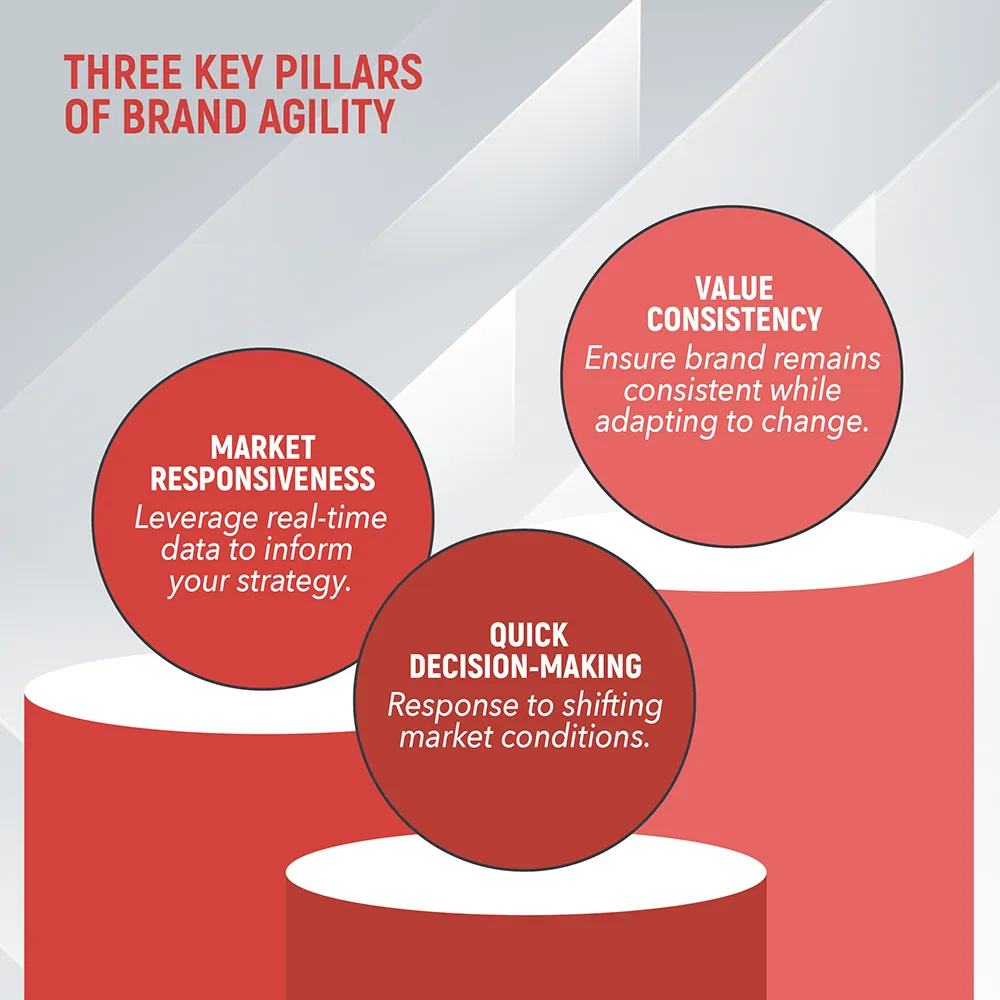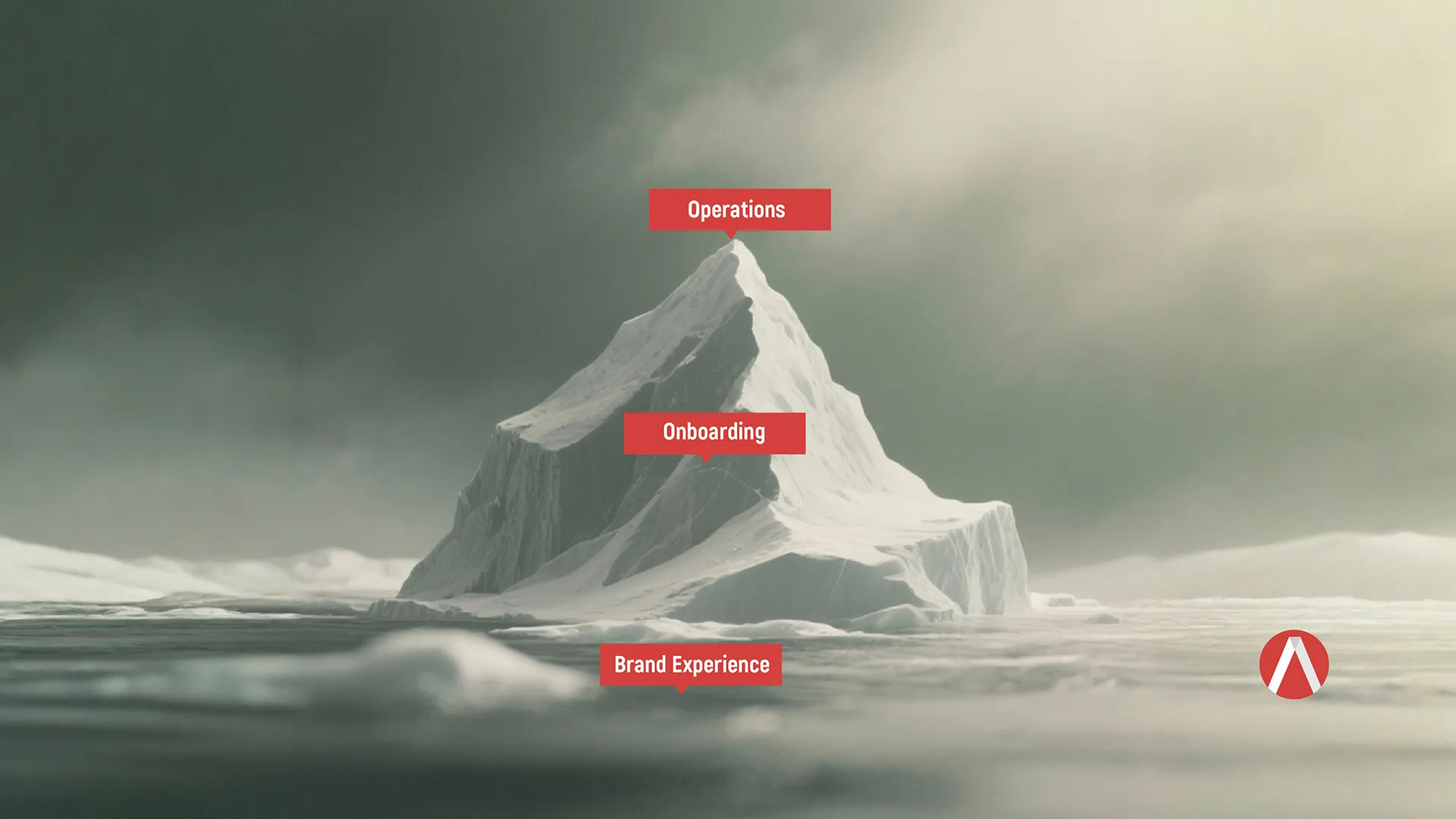Key Takeaways:
- Adaptability is key: Brands that pivot quickly in response to market shifts thrive during volatility.
- Real-time data matters: Leverage market trends and customer sentiment to inform positioning strategies.
- Consistency builds trust: While agility is crucial, maintaining core brand values ensures credibility.
- Customer connection is vital: Understand and address evolving customer needs to remain relevant.
Let me paint you a picture: the year was 2008. The global financial crisis had thrown businesses into chaos, and many companies were scrambling to stay afloat. Yet, amidst the turmoil, one brand stood out: Netflix. At a time when consumer budgets were shrinking and competitors were folding, Netflix leaned into the shift toward digital streaming, adapting their model to meet the evolving needs of their customers. This bold move not only kept them relevant but positioned them as a leader in the entertainment industry.
I use this Netflix example to show a brand’s ability to pivot demonstrates the essence of dynamic positioning: the art of staying true to your brand while evolving to meet changing market demands. This approach is not just a survival tactic—it’s a strategy for thriving in uncertainty.
Because, as we all know all too well, market volatility can feel like a tidal wave, crashing into carefully laid plans and leaving uncertainty in its wake. But for savvy brands, it’s not a threat—it’s an opportunity. In times of economic uncertainty, those who adapt with agility and insight can position themselves as resilient leaders.
I’ve seen it firsthand with our clients at Avocet. When market conditions shift, the brands that rise to the top aren’t the ones standing still—they’re the ones that embrace dynamic positioning, a strategy that requires leveraging real-time data and listening closely to customer sentiment.
Let’s unpack how you can refine your brand strategy to not only survive but thrive in uncertain times.
Agility: The Cornerstone of Dynamic Positioning
Economic shifts demand quick responses. That’s why agility is no longer optional; it’s essential. For example, during the early stages of the COVID-19 pandemic, companies that pivoted—offering online services, curbside pick-up, or even new product lines—saw substantial gains. Target, for instance, experienced a 145% increase in digital sales in 2020 by quickly responding to changing consumer behaviors.
But agility doesn’t mean abandoning your core. Your foundational values should anchor every pivot. Dynamic positioning is about adjusting tactics without losing sight of who you are.
Real-Time Data: Your Strategic Advantage

One of the most powerful tools for navigating market volatility is real-time data. By monitoring trends, economic indicators, and customer sentiment, you can make informed decisions.
At Avocet, we encourage clients to lean on tools like social listening platforms and customer feedback loops. For example, a SaaS company we worked with used sentiment analysis to identify a growing concern among customers about budget constraints. By introducing a flexible pricing model, they not only retained existing customers but also attracted new ones looking for cost-effective solutions.
Real-time data transforms guesswork into strategy. It’s the secret sauce behind staying one step ahead.
Balancing Agility with Consistency

While it’s tempting to overhaul everything during volatile periods, consistency remains critical. Your audience needs to know they can count on your brand, even as you adapt.
Think about Nike. Despite shifting campaigns to address cultural moments or economic trends, their core message of empowerment through sport remains steadfast. This balance between innovation and consistency has solidified their leadership in the athletic market.
Connecting with Your Customers
The most agile brands are also the most customer-centric. Understanding what your audience values and needs during uncertainty allows you to position your brand as the solution they’re seeking.
Consider Patagonia’s consistent focus on sustainability. During times of economic and environmental upheaval, they’ve leaned into their mission, forging deeper connections with their customer base and partners who embrace their culture. This alignment between brand values and customer priorities has driven loyalty and advocacy.
Questions to Ponder:
- How quickly can your brand respond to shifting market conditions?
- Are you leveraging real-time data to inform your strategy?
- What steps can you take to deepen your connection with your audience?
- How can you ensure your brand remains consistent while adapting to change?
Take Action:
Dynamic positioning is not a one-time exercise; it’s a continuous journey. At Avocet, we specialize in helping brands navigate volatility with strategies rooted in data, creativity, and customer-centricity.
Let us help you transform uncertainty into opportunity. Reach out today to discover how we can elevate your brand’s positioning for long-term success.






